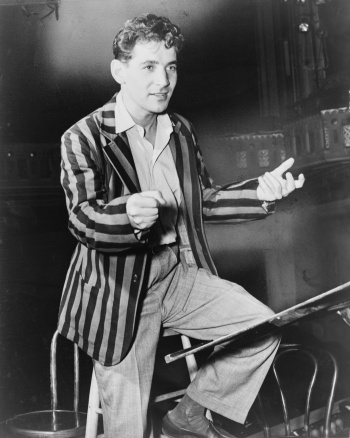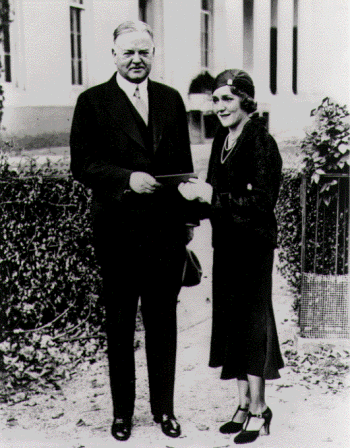The 1930s began with austerity and ended with conflict, but men’s fashion didn’t seem all that bothered.
Sure, the range of bright colours popular in the previous decade started falling out of fashion pretty quickly, and knickers (oh, those poor knickers) quickly lost favour too.
But men had tasted good fashion in the 1920s, many for the first time, and they liked it. These were survivors of 13 years of Prohibition – they sure as hell weren’t going to let something as trivial as the Great Depression stop them dressing well.

Athletic, masculine bodies were now the ideal shape for men, but fashion was already there. Drape suits had been around for a little while before the 1930s, but now suddenly found themselves more popular than FDR and Gone with the Wind combined. The suit started out wide at the top before narrowing down to just above the waist, with sleeves starting out roomy at the shoulder before thinning down at the wrist, in an effort to make the man wearing it appear larger and more muscular.
The finishing touches were the extremely wide lapels, which shot out to cover half the chest. Trousers that tapered at the bottom completed the new athletic look.
Speaking of trousers, they shot up quicker than unemployment and quickly found themselves three inches above the belly button.
For any fresh fashion designs, the new badge of honour was getting accepted by the stars of Hollywood. The drape suit had no such problem, being enthusiastically adopted by some of the decade’s biggest celebrities, including Fred Astaire, Cary Grant and Gary Cooper.

Another new style that came into fashion in the 1930s was the polo shirt. Although this had actually been created in the late 20s, like the drape suit, it wasn’t until the 1930s that it established itself as the perfect casual shirt for the summer.
Accessories might have lost some of the colour they once enjoyed, but that didn’t mean men couldn’t have fun anymore. Ties were still often bold and colourful. Shirts became colourful in the summer. Shoes continued in the tradition of previous years with two tone styles and wingtips with brogue details.
And when it came to hats, men still had plenty of choice: from flat caps associated with the working class, fedoras and their more conservative older brothers Homburgs and, as ever, top hats.
With the advent of World War II, fashion took a backseat for a while in men’s lives for a while. But that’s for next month when men’s fashion of the 1940s comes round.

